|
Format(s):
Books
The authors cover a variety of evidence-based clinical procedures for the memory, communication, and behavioral challenges of people with dementia to help speech-language pathologists (SLPs) implement practices that elevate the personhood of people living with various dementia syndromes.
Format(s):
Books
Presents a unique philosophy for assessing and treating children and adolescents with traumatic brain injury.
Format(s):
Assessment Tools
The ASHA FACS helps you to measure the functional communication of adults with speech, language, and cognitive-communication impairments.
Format(s):
Books
The Scales of Cognitive and Communicative Ability for Neurorehabilitation (SCCAN) assesses cognitive-communicative deficits and functional ability in patients in rehabilitation hospitals, clinics, and skilled nursing facilities. The SCCAN is appropriate for a broad range of neurological patients, provides a measure of both impairment and functional ability, and can be administered in 30 minutes.
Format(s):
Assessment Tools
Designed for use with children ages 6–16 recovering from brain injury, PTBI™ is the only criterion-referenced, standardized test that assesses the skills children need to return to school and function in the general education curriculum. An effective and innovative tool, PTBI helps speech-language pathologists and other clinicians determine children's neurocognitive, language, and literacy abilities so they can identify strengths and weaknesses and implement effective interventions.
Format(s):
Assessment Tools
The ASHA QCL captures information about the impact of a communication disorder on an adult’s relationships; communication; interactions; participation in social, leisure, work, and education activities; and overall quality of life.
|

